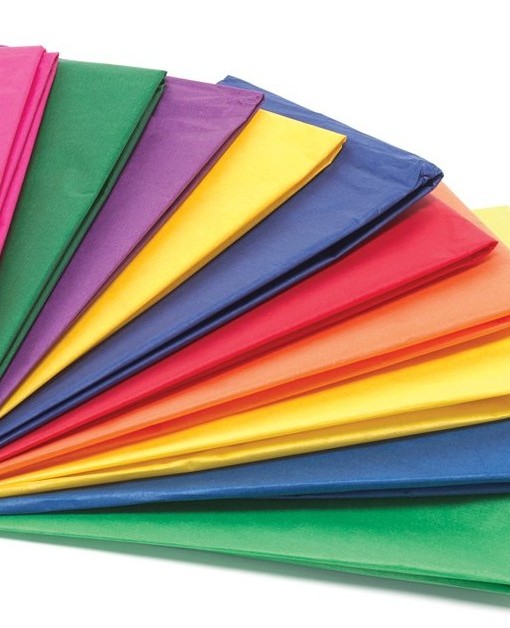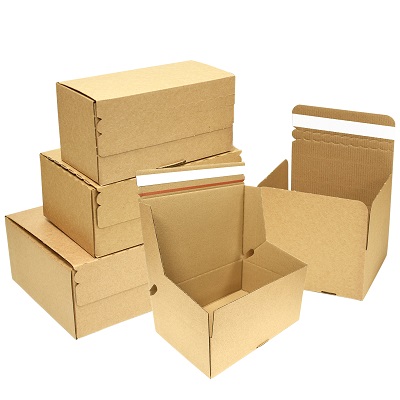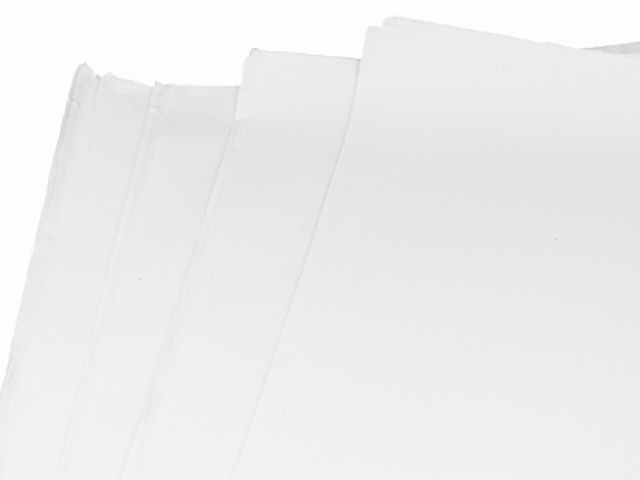When it comes to packaging, businesses and individuals alike are constantly on the lookout for smarter, more sustainable options. Enter the eco-friendly packaging revolution! We’re not just talking about switching from plastic to paper; it’s about choosing the right materials that protect both the environment and your products. Today, we’re diving deep into the world of acid-free tissue paper, paper-based packaging materials, and the many reasons they’re reshaping the way we pack, ship, and present products.
Why Acid-Free Tissue Paper is a Game-Changer
Let’s start with the star of our eco-friendly packaging show— white acid-free tissue paper. While it might seem like just another type of packaging material, it’s anything but. Regular tissue paper can contain acids that degrade products over time, especially items that are sensitive like fabrics, art, or delicate jewelry. Acid-free tissue paper, on the other hand, is specially treated to neutralize any acids, making it perfect for long-term storage and protection.
Imagine you’ve just purchased a beautiful silk blouse, and it arrives wrapped in white acid-free tissue paper. Not only does the tissue paper provide a soft, protective layer around your new purchase, but it also gives you the confidence that your fabric won’t yellow or deteriorate over time. For businesses, using acid-free tissue shows customers that you care about both the quality of your products and the experience they have when unboxing them.

Packaging Materials That Go the Extra Mile
Now, let’s talk about how you can take your packaging game to the next level by incorporating other eco-friendly packaging materials into your process. Sustainability doesn’t mean sacrificing quality, and these materials prove that.
Kraft paper tape is a prime example of this. Unlike traditional plastic-based tape, kraft paper tape is biodegradable and recyclable. It’s strong enough to secure even heavy shipments while giving off that clean, rustic aesthetic that modern consumers love. Paired with cardboard boxes, you’ve got a packaging solution that’s not only sturdy but eco-friendly too. Cardboard is one of the most recyclable materials out there, and when sourced responsibly, it has a much smaller environmental footprint than alternatives like plastic or Styrofoam.
But don’t forget the cushioning! Many companies are switching to paper bubble wrap as a way to protect fragile items. Made from recycled paper, this eco-friendly bubble wrap provides the same level of protection as plastic, but with a much gentler impact on the environment. So, whether you’re shipping a fragile antique or a sleek new tech gadget, paper bubble wrap ensures that it arrives in perfect condition.

The Importance of Sustainable Packaging Supplies
Eco-conscious customers want more than just products; they want to feel good about how they’re packaged. By choosing sustainable packaging supplies like paper bags instead of plastic ones, you’re directly contributing to reducing waste. Paper bags are not only recyclable, but they can also be reused by customers, making them a favorite among eco-minded shoppers. They’re also durable enough to handle a variety of items, from groceries to boutique goods.
Add in some kraft paper tape to seal up the deal, and you’ve got a complete package that screams “eco-friendly” while still looking chic and professional.
Why Acid-Free Tissue Paper is a Must for Retailers
For retailers, acid-free tissue paper isn’t just a trend—it’s a necessity. Clothing stores, gift shops, and even electronics retailers benefit from this packaging superstar. Why? Because acid-free tissue provides a layer of protection without harming the items inside, ensuring that they look just as pristine when unwrapped as when they were first packaged.
Think about high-end fashion retailers. When someone buys a designer piece, it’s not just about the clothing—it’s about the entire experience. Wrapping the item in luxurious, white acid-free tissue paper not only keeps it safe but adds an extra touch of elegance. And for sensitive products like vintage clothing, handmade jewelry, or artwork, the acid-free element is critical to preserving their value.

Cardboard Boxes: The Reliable, Recyclable Hero
No packaging lineup would be complete without cardboard boxes. These are the workhorses of the packaging world. Not only are they incredibly versatile in size and shape, but they’re also one of the most eco-friendly packaging materials available. They’re easy to recycle, can be reused multiple times, and are made from renewable resources. Whether you’re shipping books, electronics, or fragile home decor, cardboard boxes provide the sturdiness you need without harming the environment.
And let’s not forget their role in branding. Customizing cardboard boxes with your company’s logo or colors can turn a plain shipping box into a mobile advertisement, building brand recognition every time someone handles the box. Plus, customers love receiving their packages in cardboard over plastic because it aligns with their own sustainability values.
Why Paper-Based Packaging is the Future
As more companies commit to reducing their carbon footprints, the demand for sustainable packaging options will only grow. Paper-based materials are leading this charge for several reasons:
Biodegradability: Unlike plastics, which can take hundreds of years to break down, paper-based materials like paper bubble wrap, paper bags, and kraft paper tape decompose naturally over time. This is a huge win for reducing landfill waste and ocean pollution.
Recyclability: Paper materials are some of the most widely recycled materials globally. Consumers are more likely to recycle paper packaging than plastic, making it a more sustainable choice overall.
Aesthetic Appeal: Let’s face it—paper-based packaging just looks better. Whether it’s a sleek paper bag or an intricately folded piece of acid-free tissue paper, paper packaging gives off a classy, eco-friendly vibe that consumers love.
In today’s world, where environmental concerns are more pressing than ever, businesses must prioritize sustainable packaging solutions. Using acid-free tissue paper, white acid-free tissue, cardboard boxes, paper bags, kraft paper tape, and paper bubble wrap is a small but significant step toward making a positive impact on the planet. These materials are not only practical and versatile, but they also send a strong message to consumers: you care about their experience and the environment.


More Stories
Top 5 Things to do at Dubai Parks and Resorts
Top 5 Things to do at Dubai Parks and Resorts
Explorarea Impactului Economic al Producției de Tutun în Europa de Est